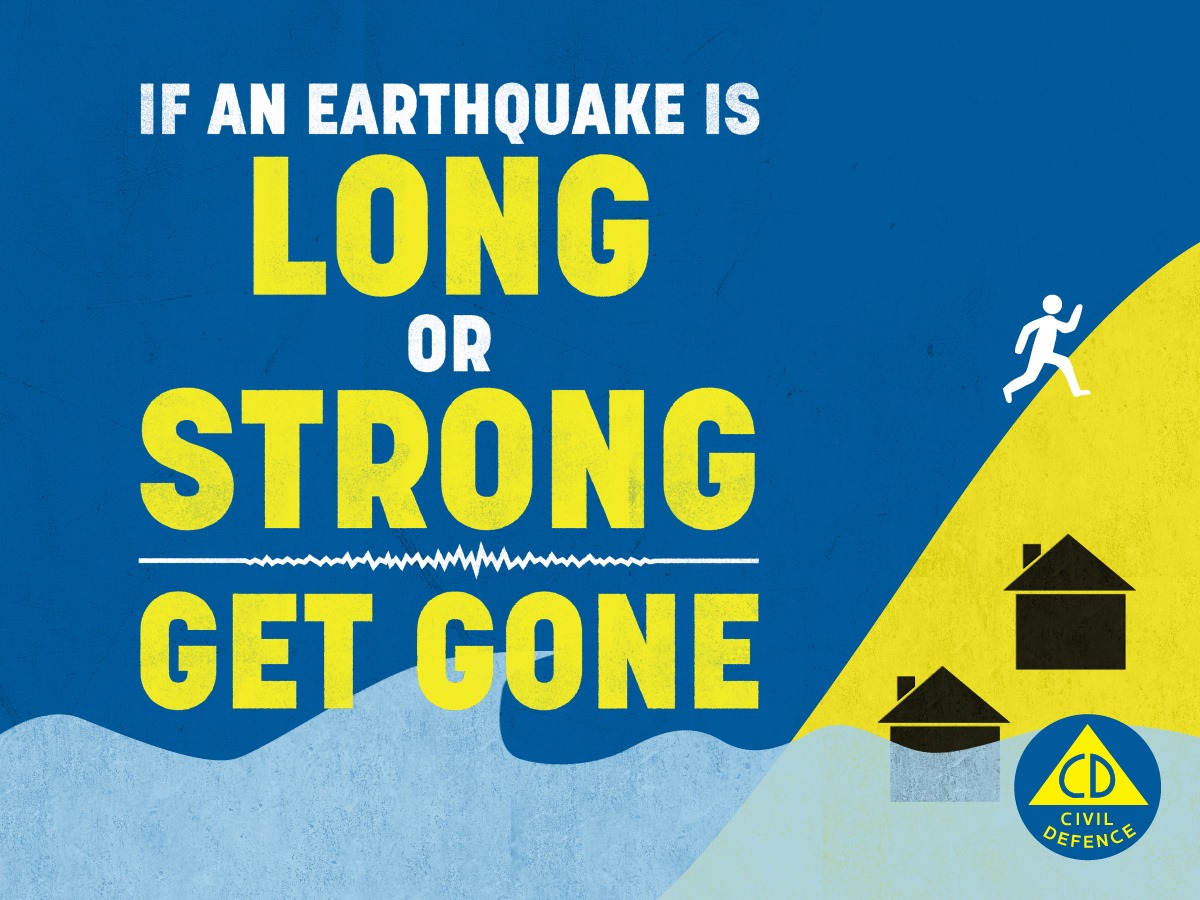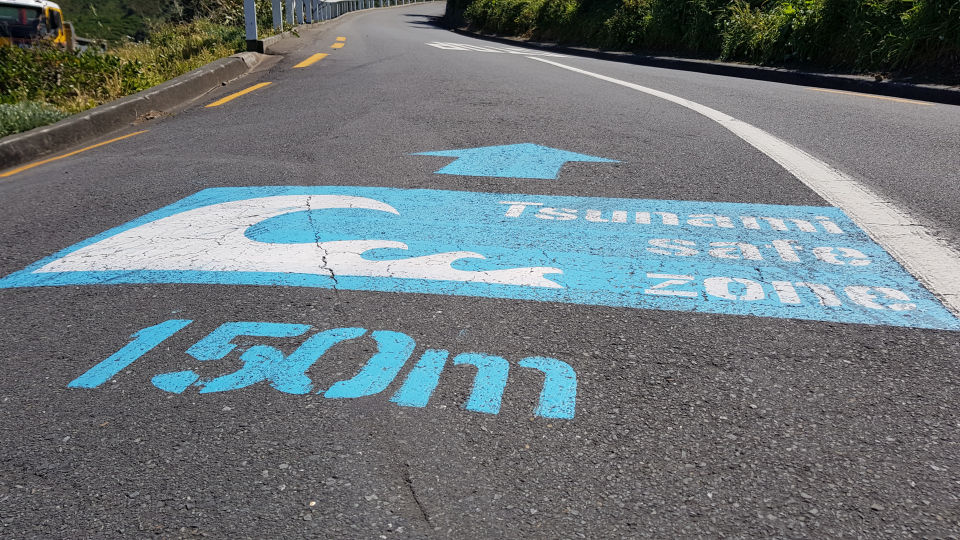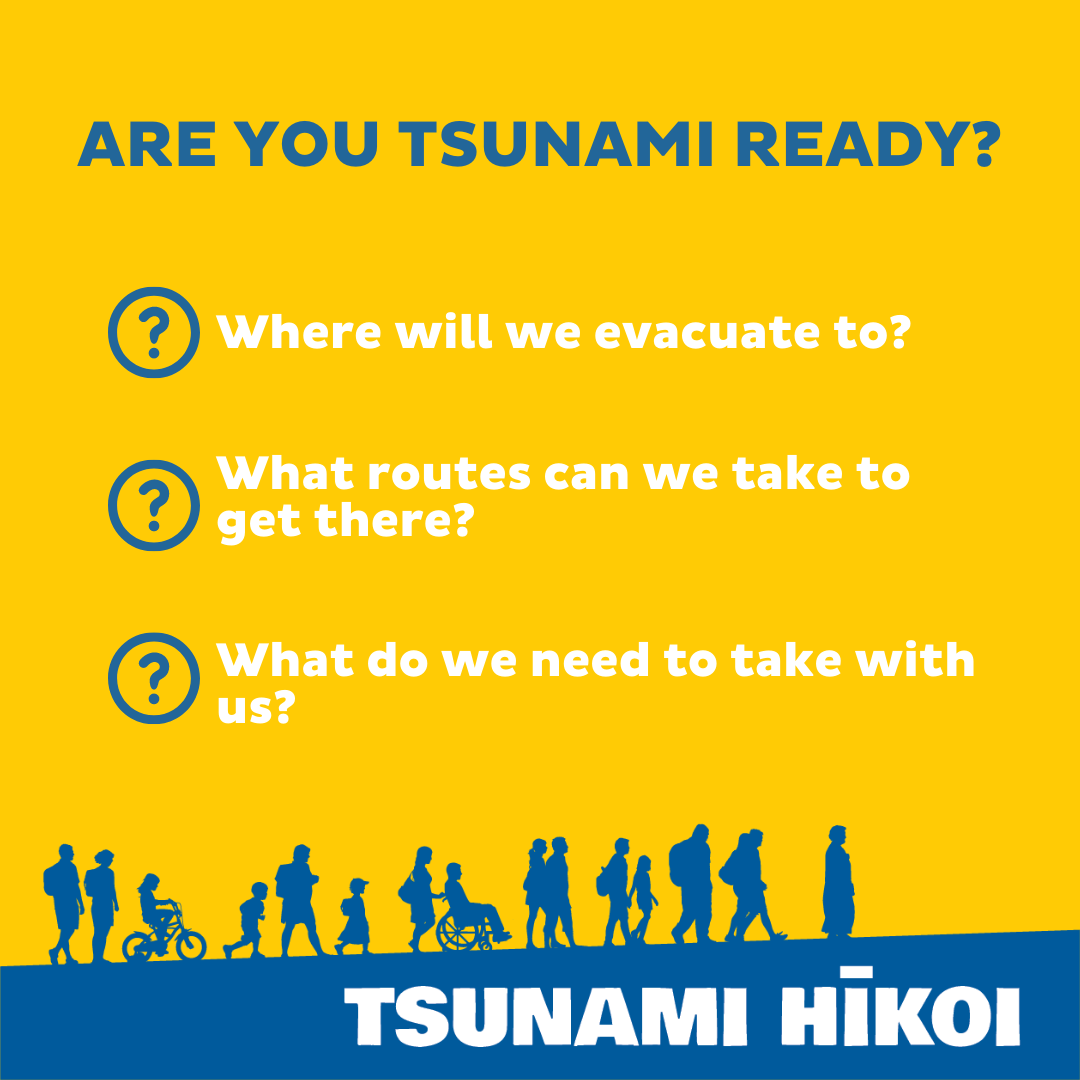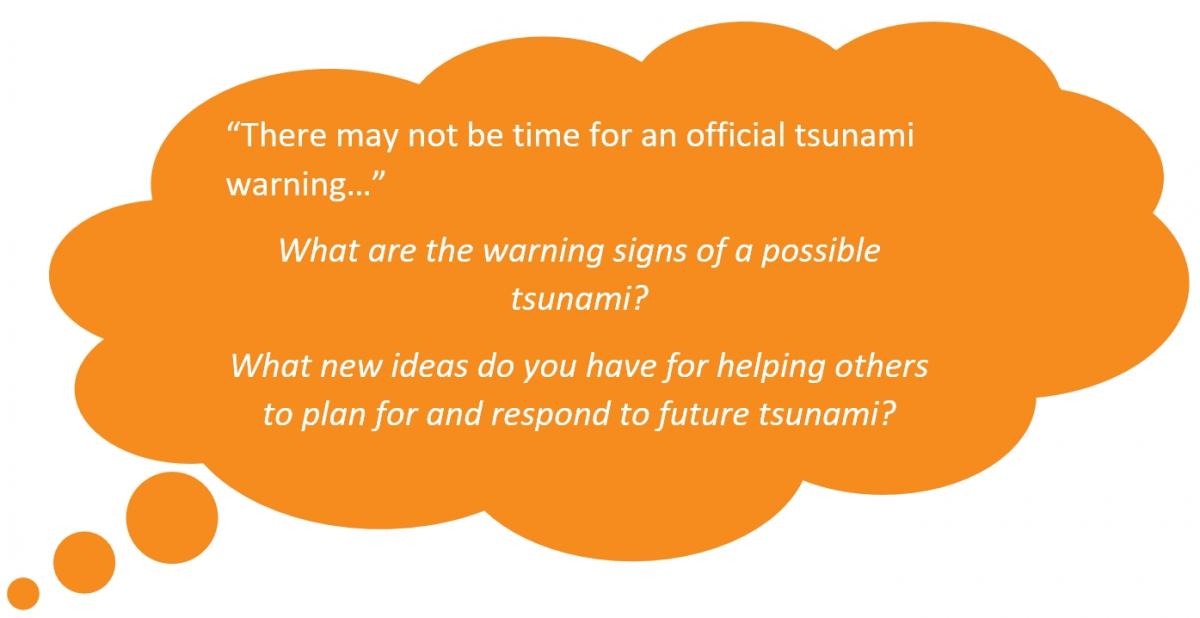You can contact LEARNZ, part of CORE Education, at:
Postal Address:
PO Box 13 678,
Christchurch 8141,
New Zealand

A tsunami could come from a local source, or from a large earthquake centred thousands of kilometres away. A nearby coastal seafloor earthquake is the only warning people may get before a tsunami arrives. Such a tsunami can arrive within minutes - before there is time to issue a warning. Distant earthquakes give more warning time.
The advice is, if you are near the coast and experience an earthquake that is LONG or STRONG then evacuate immediately to higher ground – don’t wait for official warnings. LONG means shaking longer than a minute. STRONG means a quake where the shaking makes it hard to stand up.

Find out if your home, school, or workplace is within a tsunami evacuation zone. Go to https://www.civildefence.govt.nz/get-ready/get-tsunami-ready/tsunami-eva...
There’s plenty you can do to prepare yourself for a possible tsunami:
1. Know and practise your routes to safety. If you’re in an evacuation zone you should work out your best and quickest routes to safety from home, school and work - either far enough inland or to higher ground.
2. Make a household emergency plan. In an emergency, such as an earthquake, having some basic plans in place will keep you safer, let you connect with your loved ones faster and protect some of your most important assets. Completing a few easy steps will give you much greater peace of mind and ensure that your life is less disrupted.
When it comes time for you to one day buy a home, hopefully you’ll consider whether that home is in an area that might be affected by a tsunami!
You can read more about making a plan on the Get Ready website.

A “near-source” tsunami will likely be preceded by earthquake shaking. In the event of an earthquake, it’s important to DROP, COVER & HOLD to keep yourself as safe as possible.
The DROP, COVER HOLD action stops you being knocked over, makes you a smaller target for falling and flying objects and protects your head, neck and vital organs.
Here’s how to do it:
DROP down on your hands and knees. This protects you from falling but lets you move if you need to.
COVER your head and neck (or your entire body if possible) under a sturdy table or desk (if it is within a few steps of you). If there is no shelter nearby, then cover your head and neck with your arms and hands.
HOLD on to your shelter (or your position to protect your head and neck) until the shaking stops. If the shaking shifts your shelter around, move with it. If there is no shelter near you crawl to an inside corner of the room and cover your head and neck with your hands and arms.
Many people are injured while trying to move DURING the shaking. It is safer to Drop, Cover, and Hold until the shaking is over.
 What should I do if there’s an earthquake and I’m near the coast?
What should I do if there’s an earthquake and I’m near the coast?If you feel an earthquake that makes it hard to stand or lasts more than a minute – move immediately to higher ground or as far inland as possible. That means if the earthquake is LONG OR STRONG, GET GONE! In addition to a strong earthquake, you should also move immediately to higher ground or as far inland as possible if you are at the coast and experience any of the following:
Move immediately to the nearest high ground, or as far inland as you can. Walk or bike if possible.
Complete the Preparing for Tsunami quiz >
Discover more about tsunami >